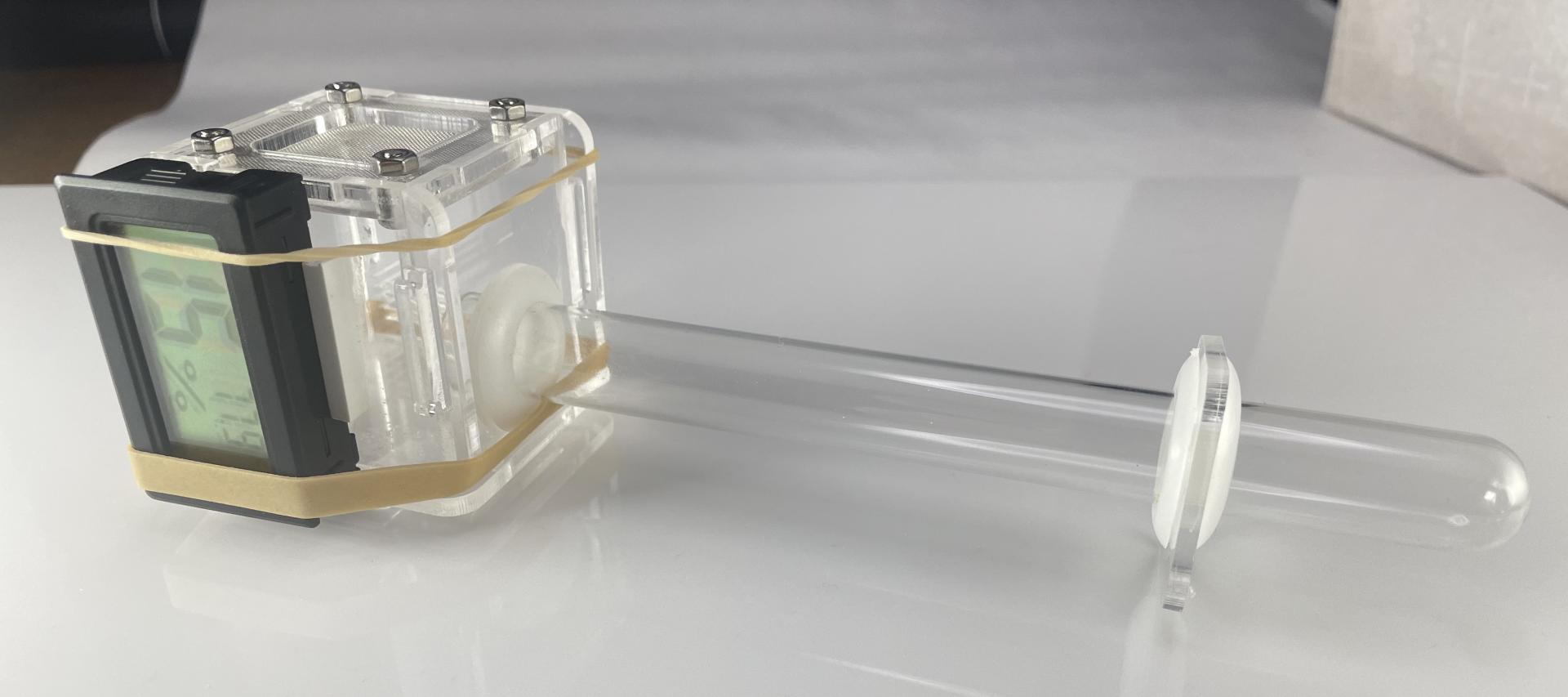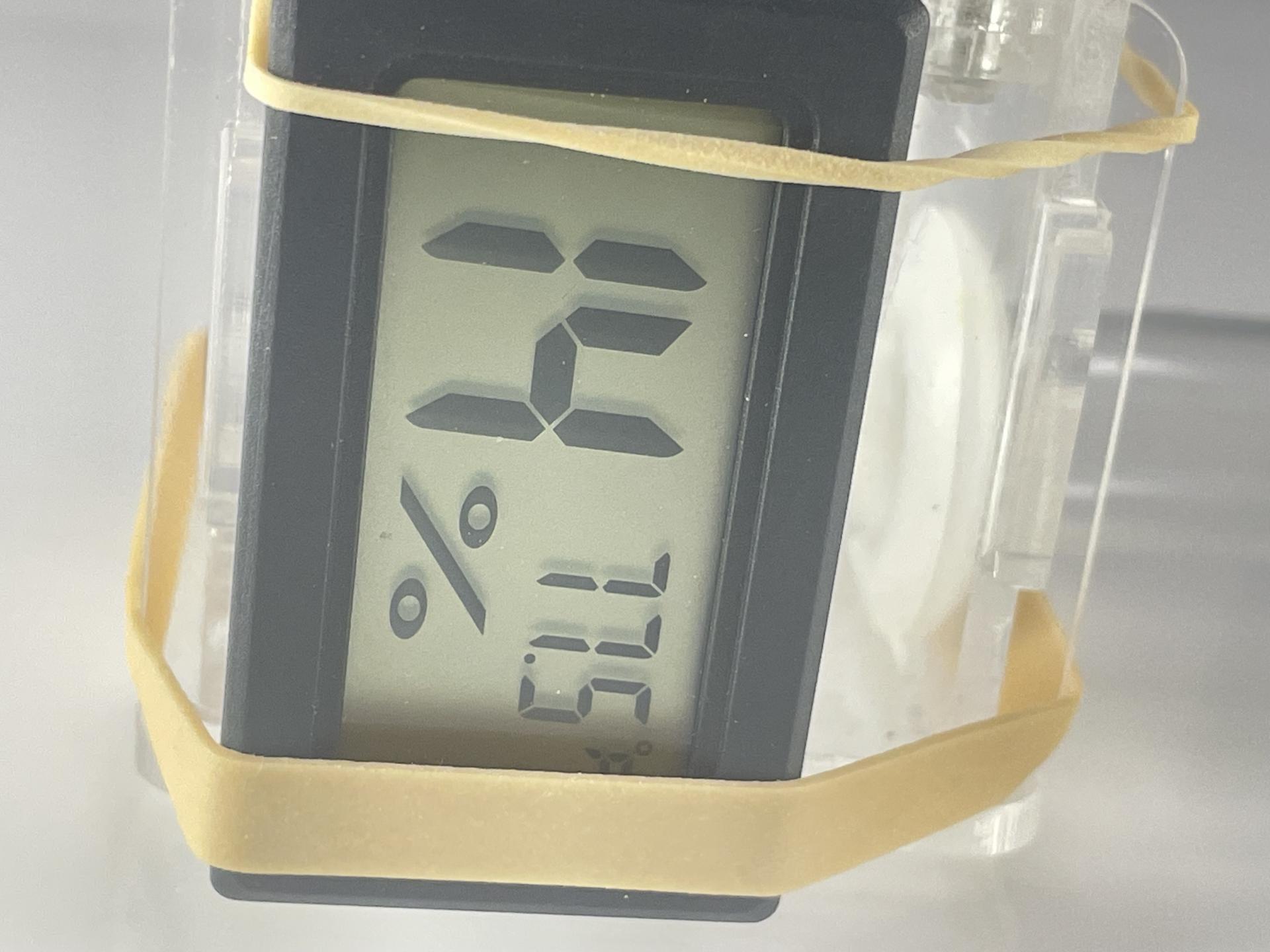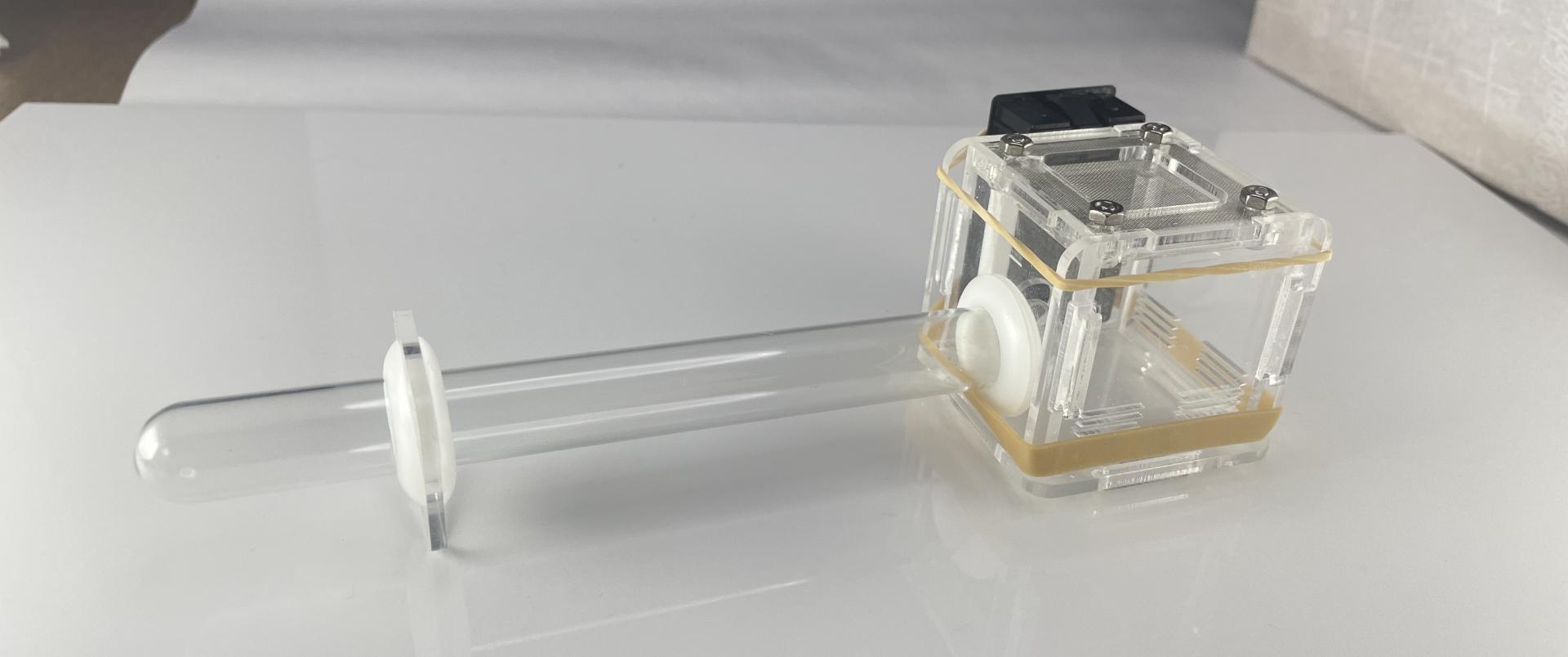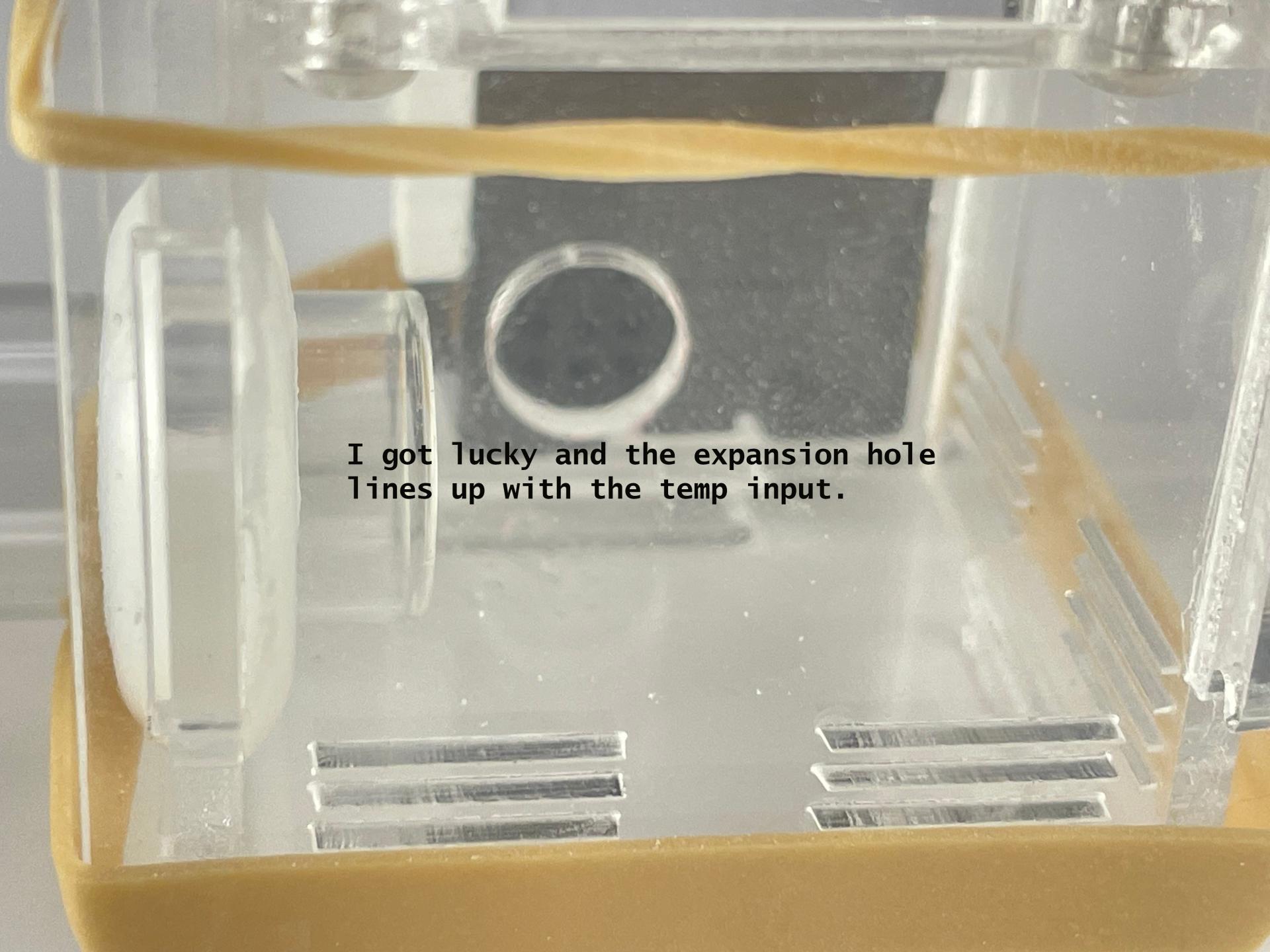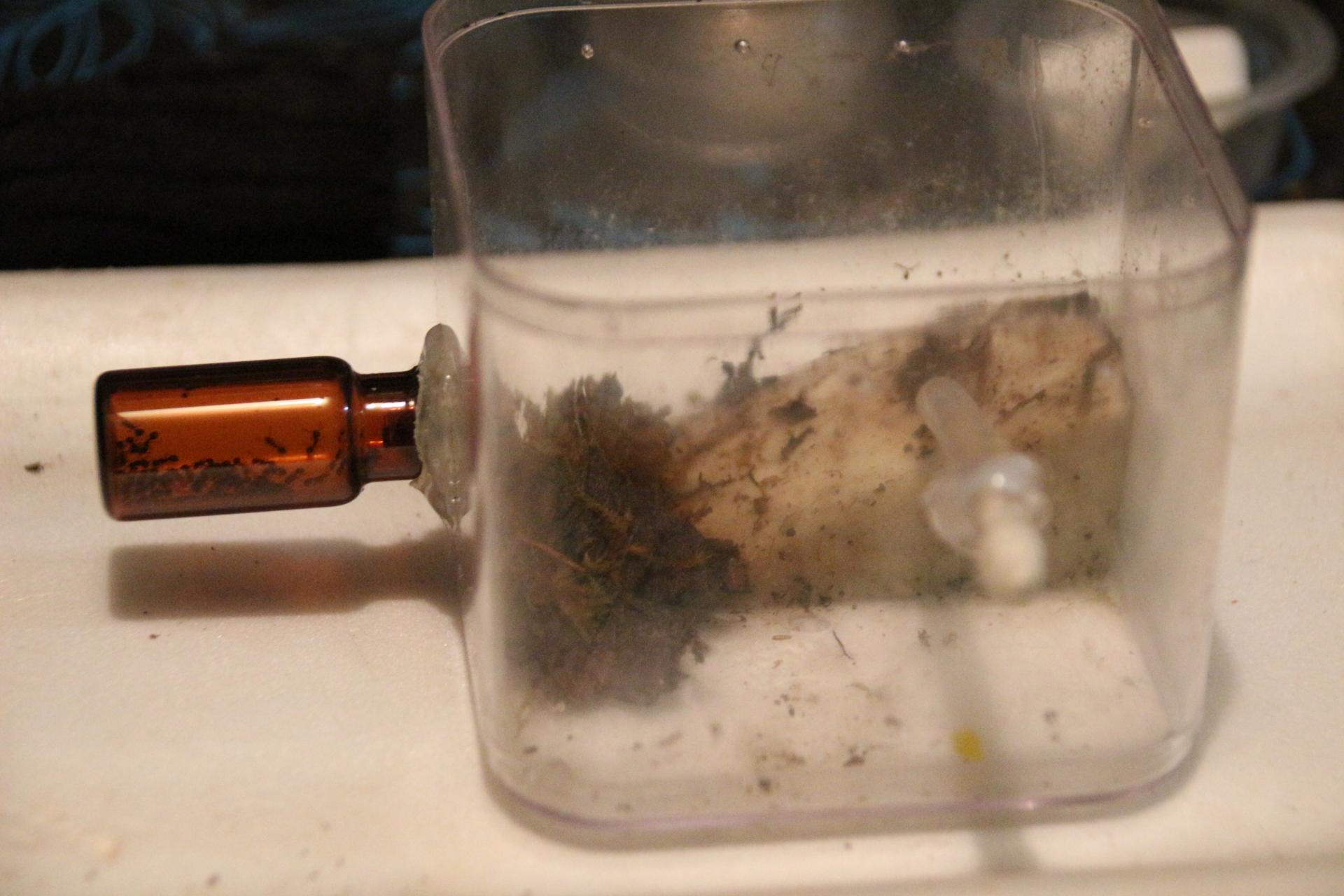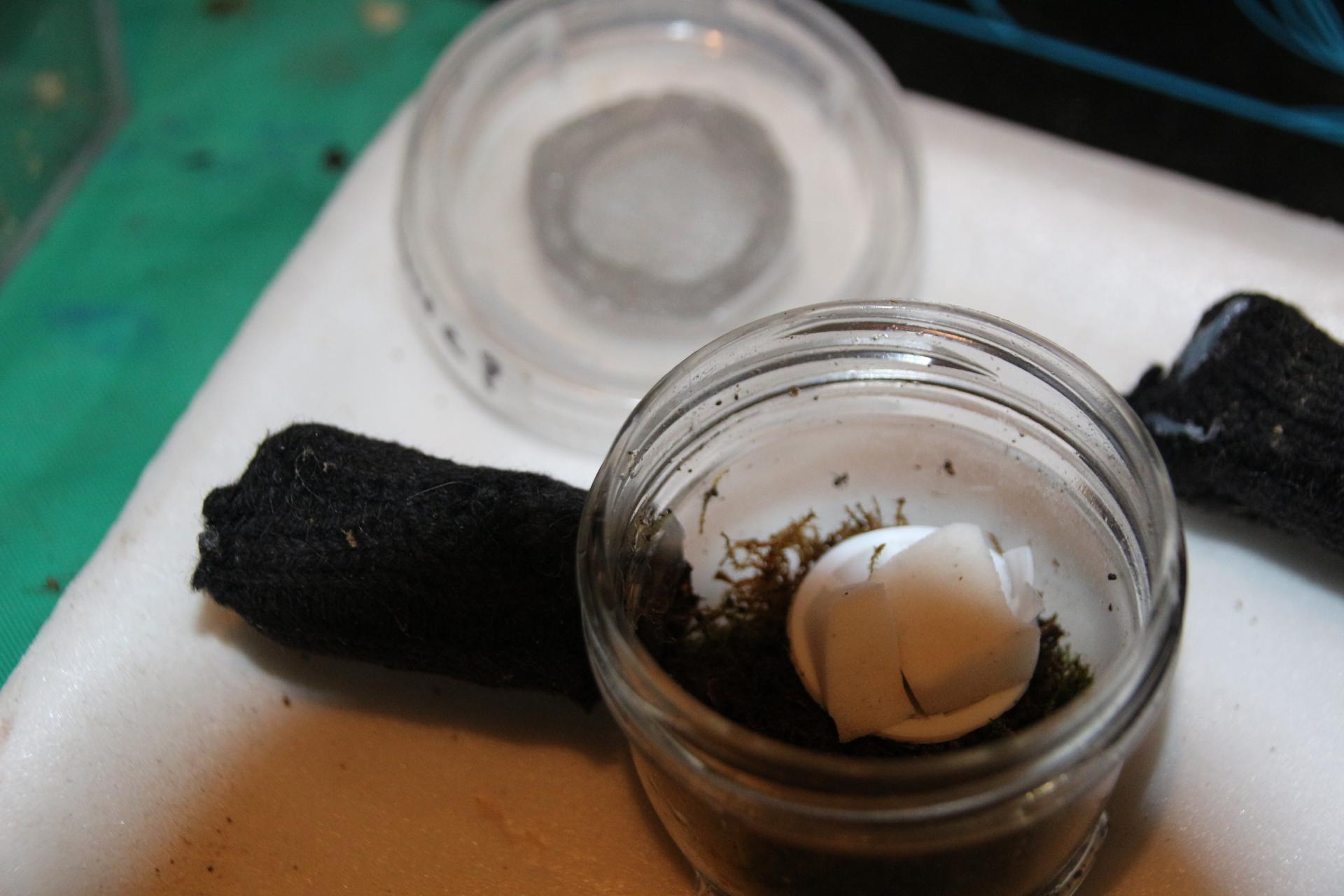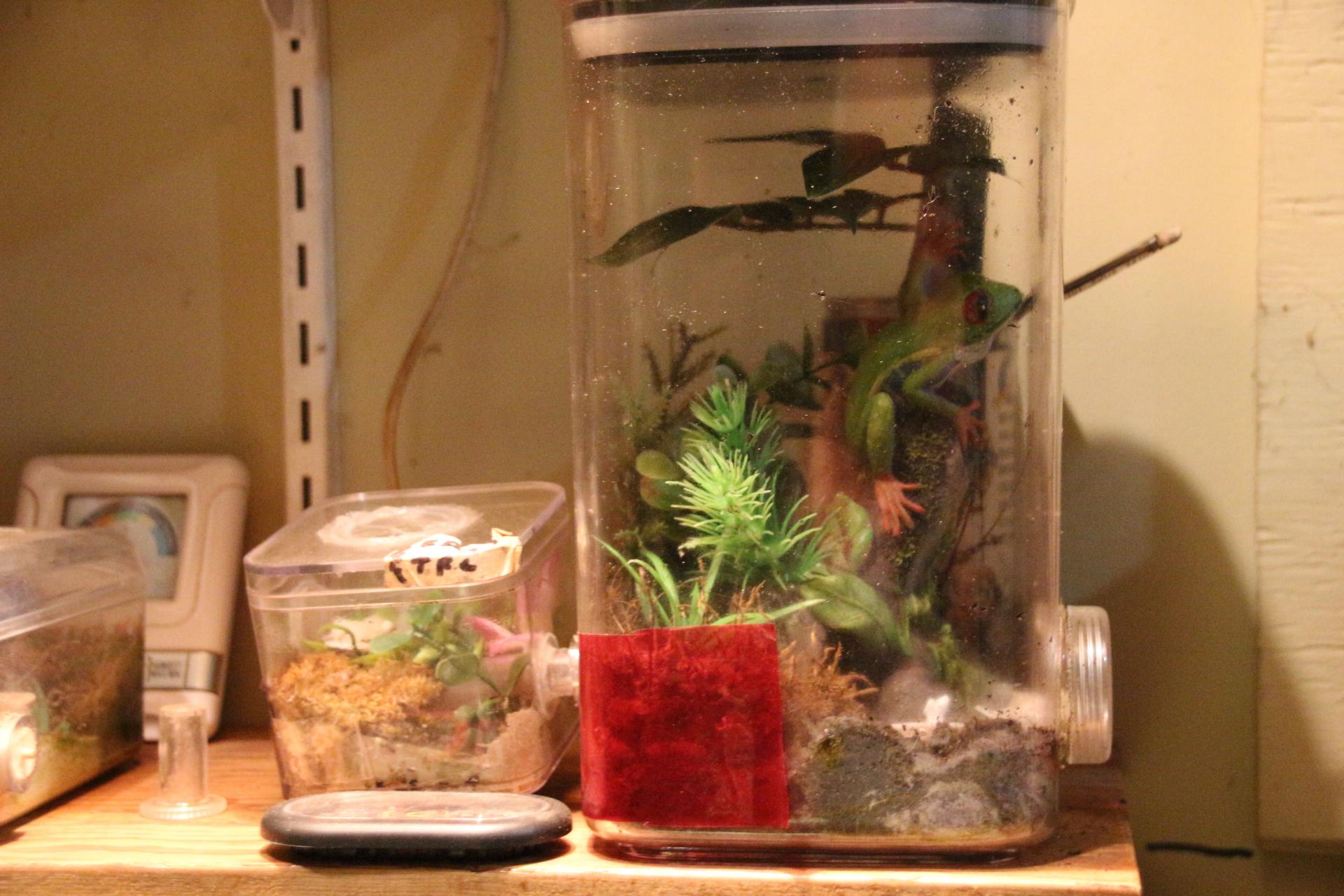Hello PDuncan67;
I think small cubes are the right way to go if you want to easily transition from a test tube setup to a larger formicarium. FFY is right when he says that outworlds are better bigger, especially with larger colonies. But many of my small colonies are often shy and would rather hide in the vegetation and take their food under cover. They appreciate the smaller space. This describes the two Lasius colonies that are housed in the formicaria below. You will find photos and descriptions of more of my cube founding formicaria here: Pictures of Formicariums and Outworlds - Page 41 - General Ant Keeping - Ants & Myrmecology Forum (formiculture.com)
I use these same setups for semi-claustral queens, and in spring, I connect them to Tapinoma and Myrmica colonies. Often, one or more queens will move in and set up a new colony.
This cube is being used for a Lasius niger colony.
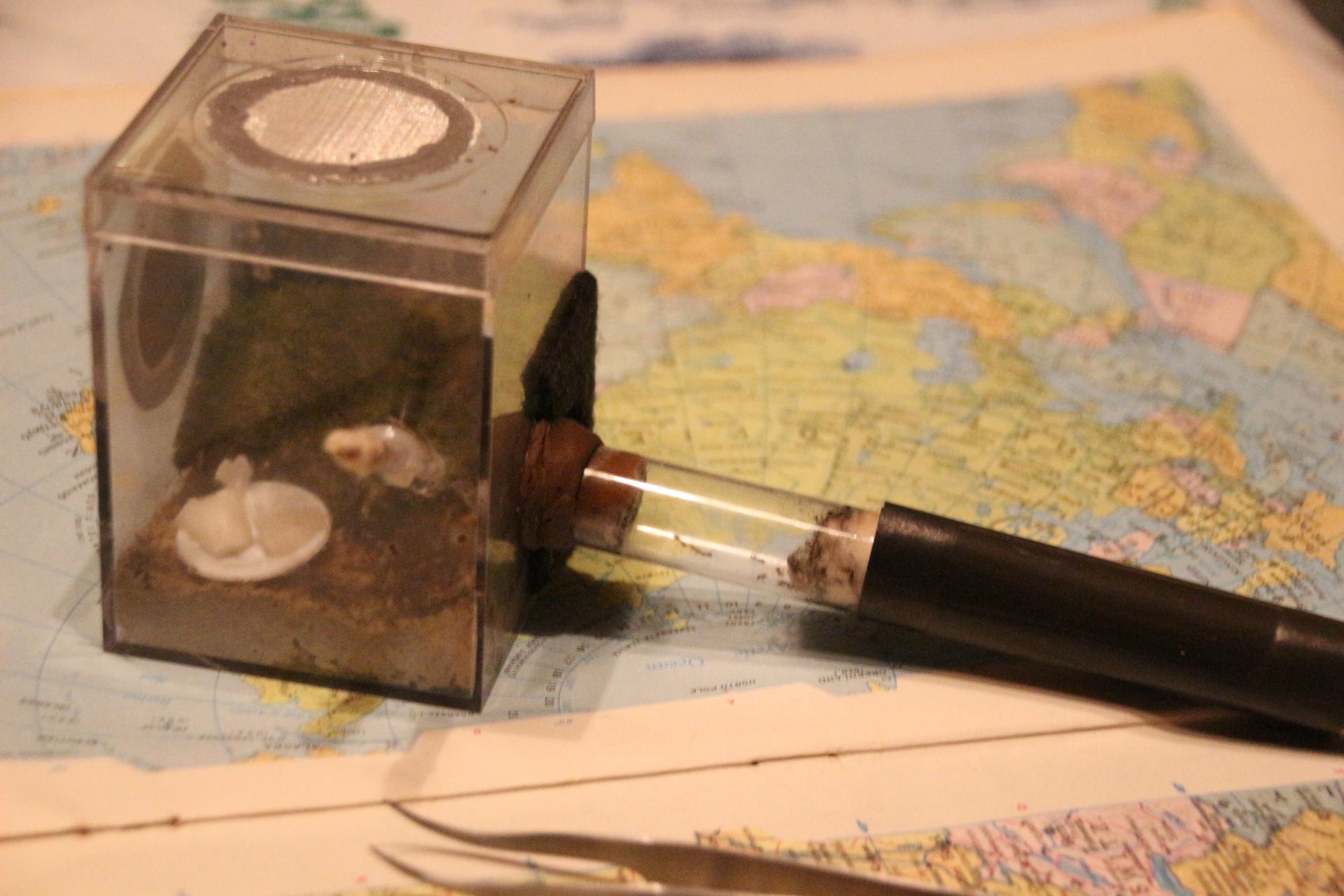
I've used these cubes as mini outworlds for founding colonies right from the start. I've used them for Camponotus founding colonies with great results. They usually retreat into the test tube when I feed them and come right back out when I'm done. It makes feeding so much easier. The one main component that I put in all of them is a hydration sponge, (you'll maybe see them in the following pictures), that I hydrate through the tube you see in front. Good ventilation is important if you want the ants to treat it like an outworld, so I have large holes covered with screens. You can also see the feeding tray and two small pieces of sponge that hold sugar/water and water.
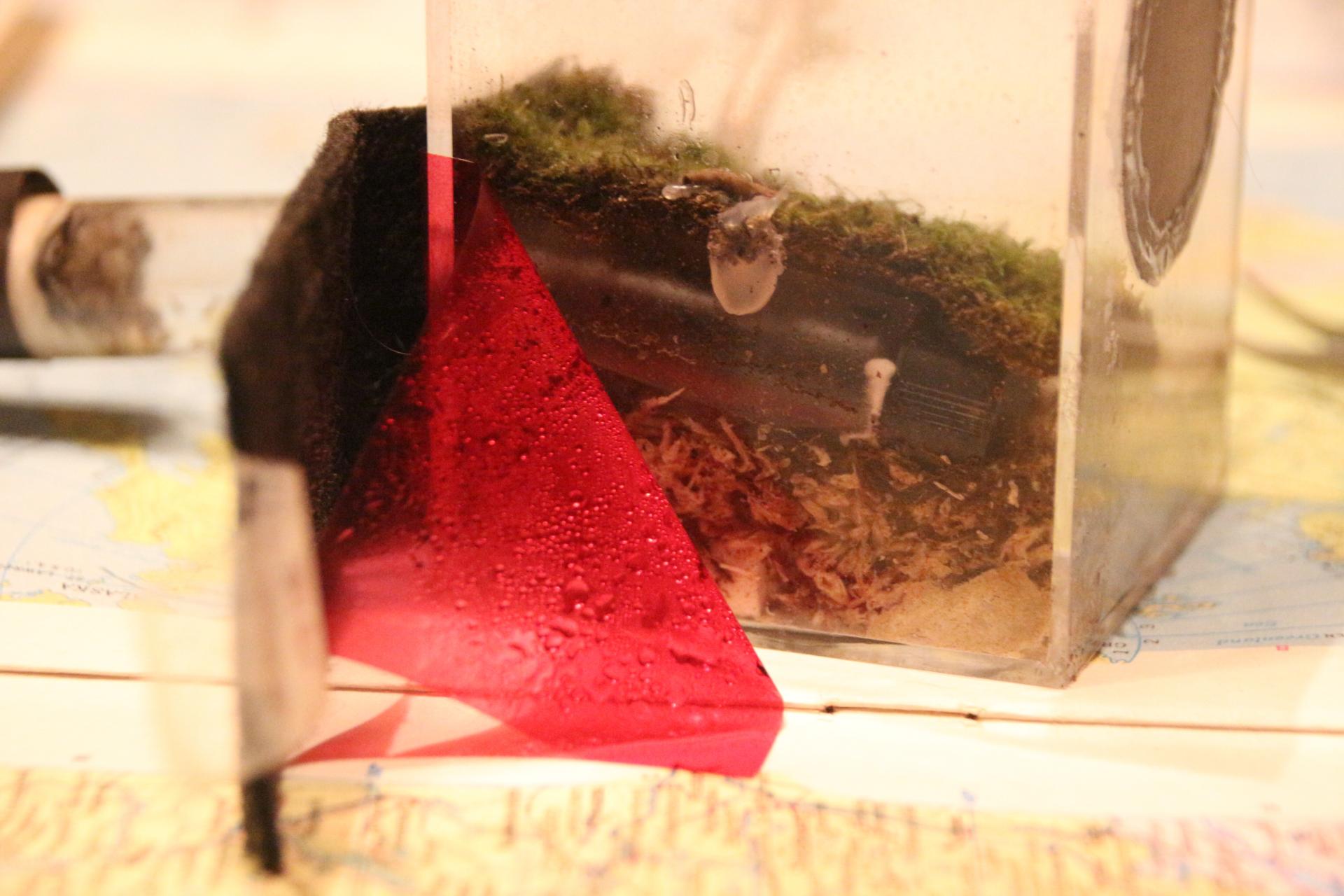
I started adding a few small test tubes or bottles to one side and covering them in sphagnum moss for the ants to move into. I'll often put them on the sponge. Then I cover the whole issue with a piece of green moss and sometimes it won't stay where I want it, so I use a great big ugly gob of glue to hold it in place as you can see. The tubes or bottles provide a familiar environment like a test tube for the ants to move into. What I've found is that ants will often move larger larvae, pupae or cocoons, into these tubes or bottles, usually because it's warmer than the test tube from sitting in my partly sunny window. The queen will often stay behind in the moldy test tube, tending her little pile of eggs until workers take them and the queen to her new quarters when they're ready to move. Or I will coax her out with a small paint brush when I get tired of waiting.
The red cover helps disturb the ants less while viewing (I find it works very well for Camponotus) and the blackout cover goes on to keep the nest dark. Magnets hold the blackout cover and I use brown plasticine to marry the test tube with the tubing of the cube.
This setup is being used for a Lasius neoniger colony.
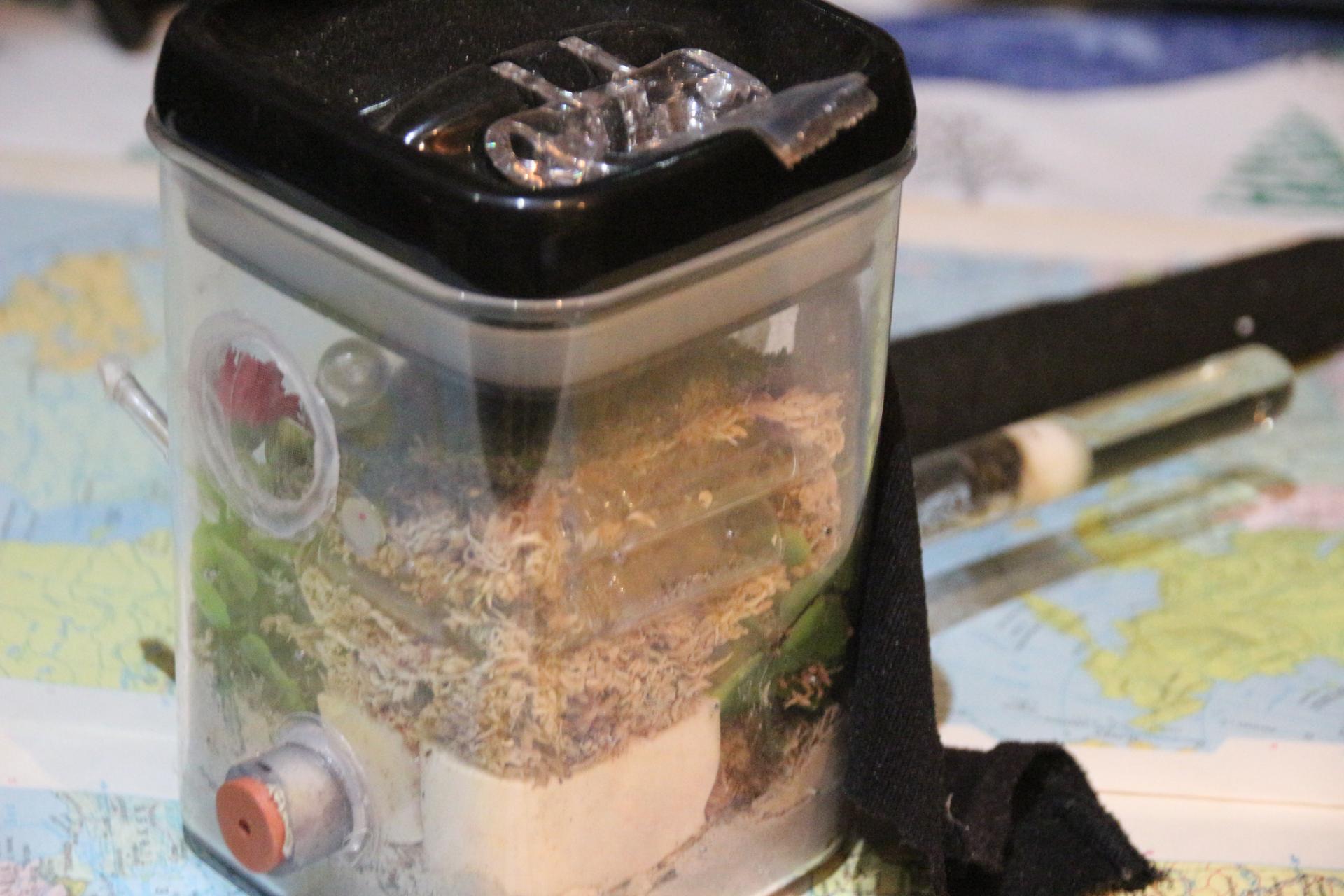
This setup has all the basic elements as the first one, with one exception. Most of the space in the outworld is taken up by a rock. Although it looks like a large space, the rock takes up most of it. This takes full advantage of the three-dimensional space inside the container. The rock is a great heat sink. I keep this setup on a partly sunny window shelf and the sun warms it nicely. I worry about overheating, so I use shades, but I've seen that the rock absorbs a lot of the heat and moderates the temperature rise. It releases that heat at night keeping the colony warm.
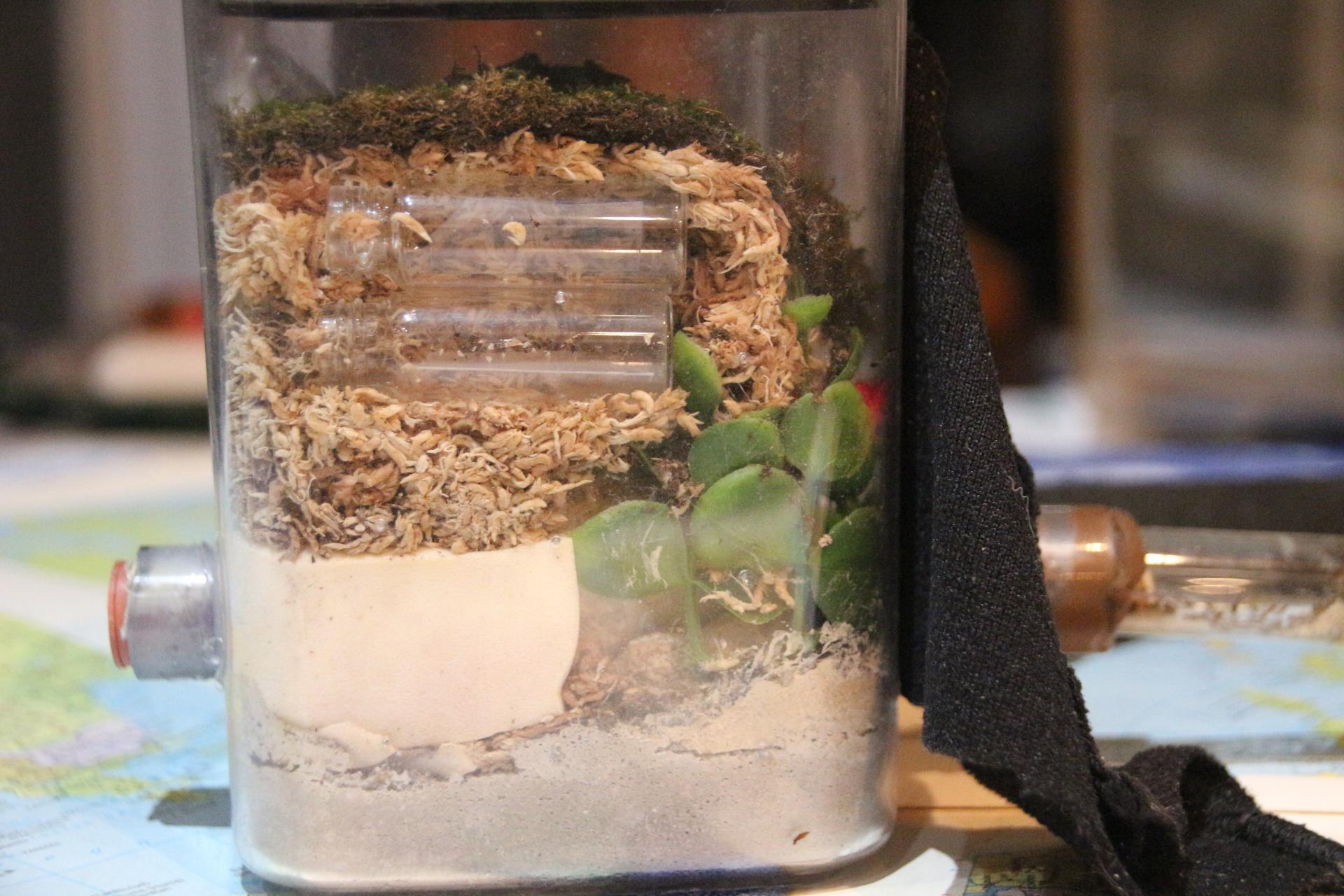
I've put some bottles in the back in the space between the rock and the acrylic.
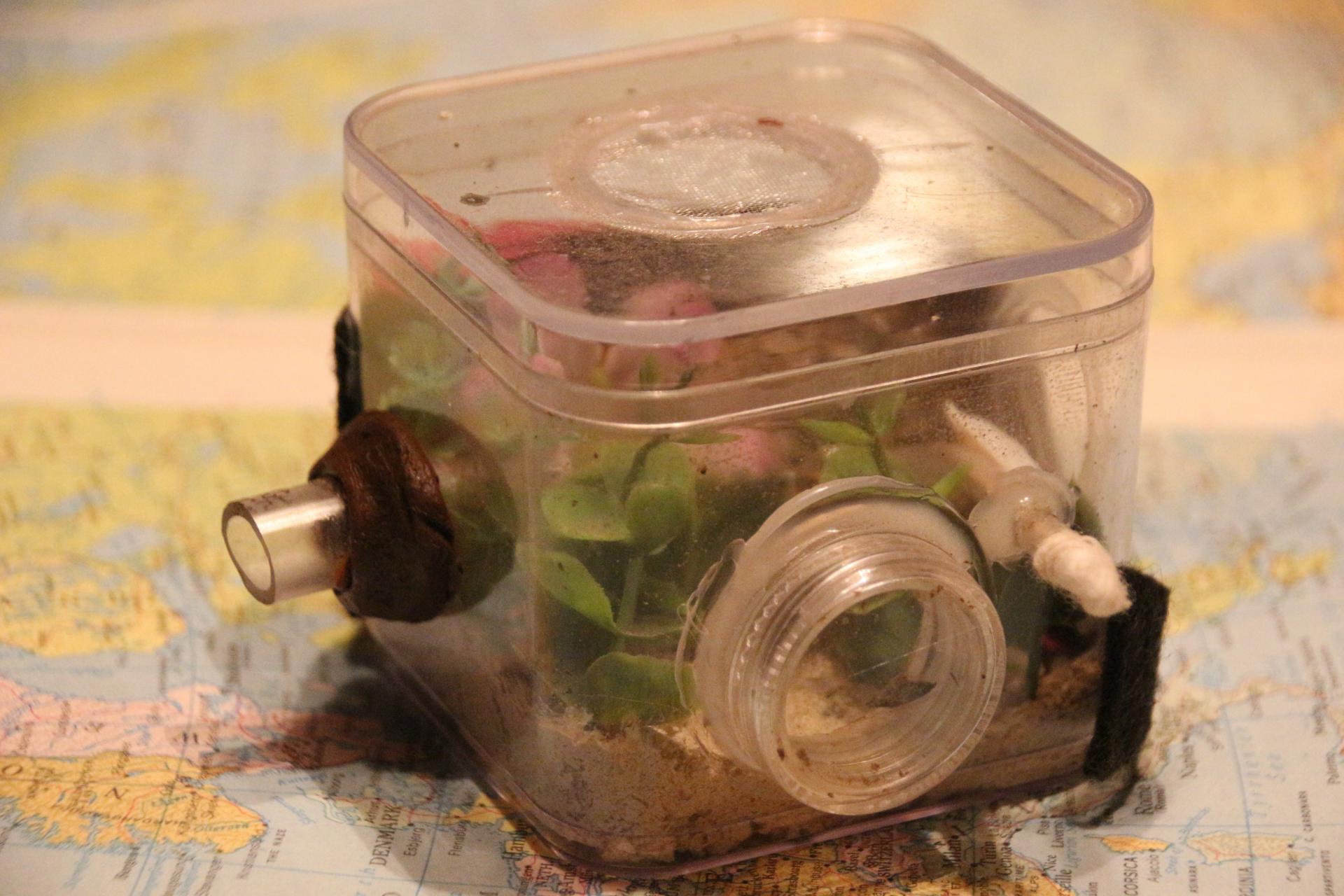
For many of them I install a feeding port so I can feed them without struggling to get a tight-fitting lid off. It's from a plastic container with a screw top; I cut the top and threaded neck off and glue it in a tight-fitting hole. Now all I do is unscrew the top and it's feeding time. I put mineral oil for containment around the inside of the feeding port when the population gets high enough that the ants try to escape.
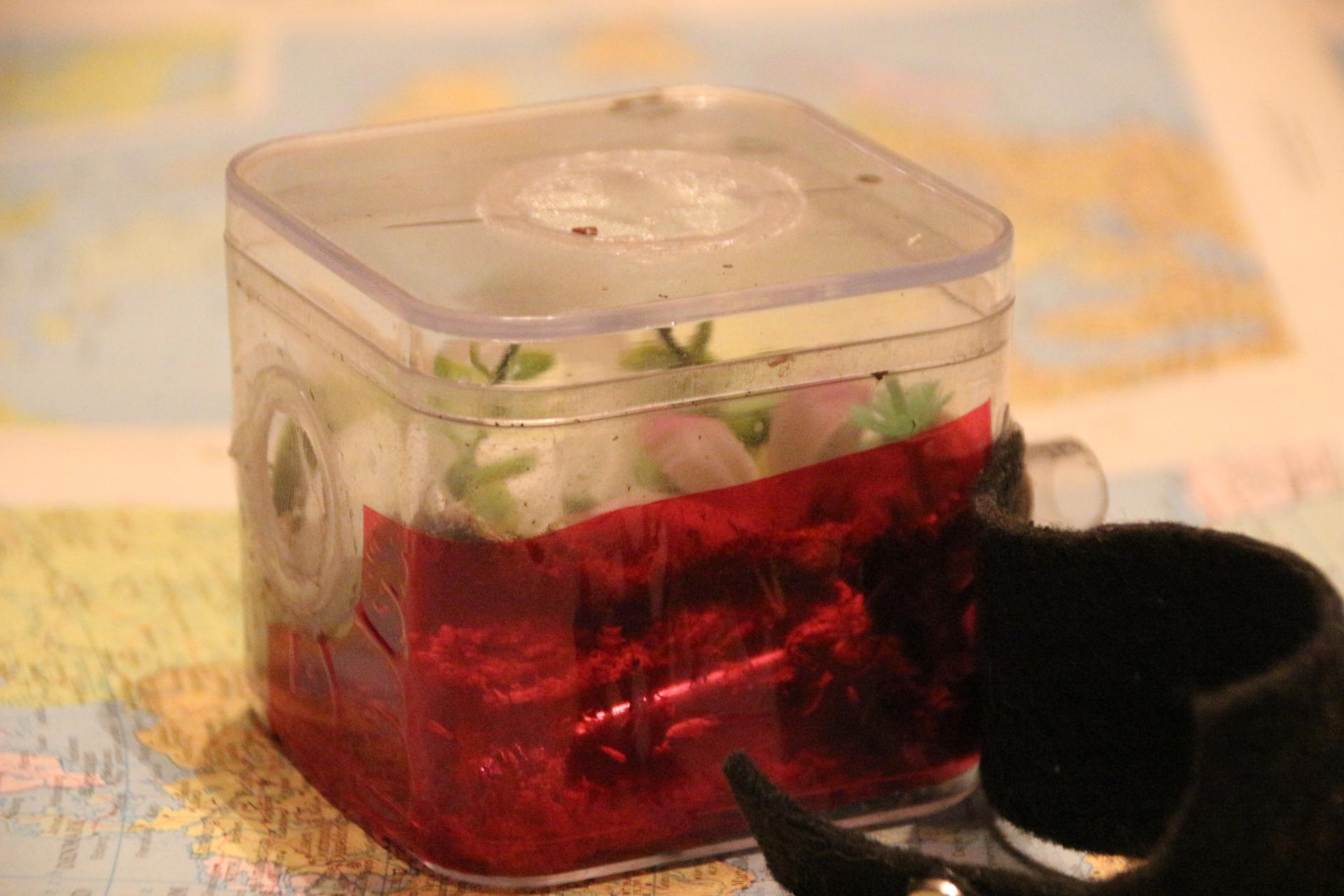
By now I hope you recognize the basic elements and how the cube is laid out. This founding formicarium is ready and waiting for the Prenolepis imparis colony that I'm expecting to arrive this week. I've used even smaller cubes and screw top containers for outworlds with very small ants. Small cubes like these are all I use to house many of my Temnothorax colonies. I use cubes that only have a hydration sponge in them to keep some colonies just because it is so much easier to feed and water them compared to feeding them in the test tube which I find very difficult.
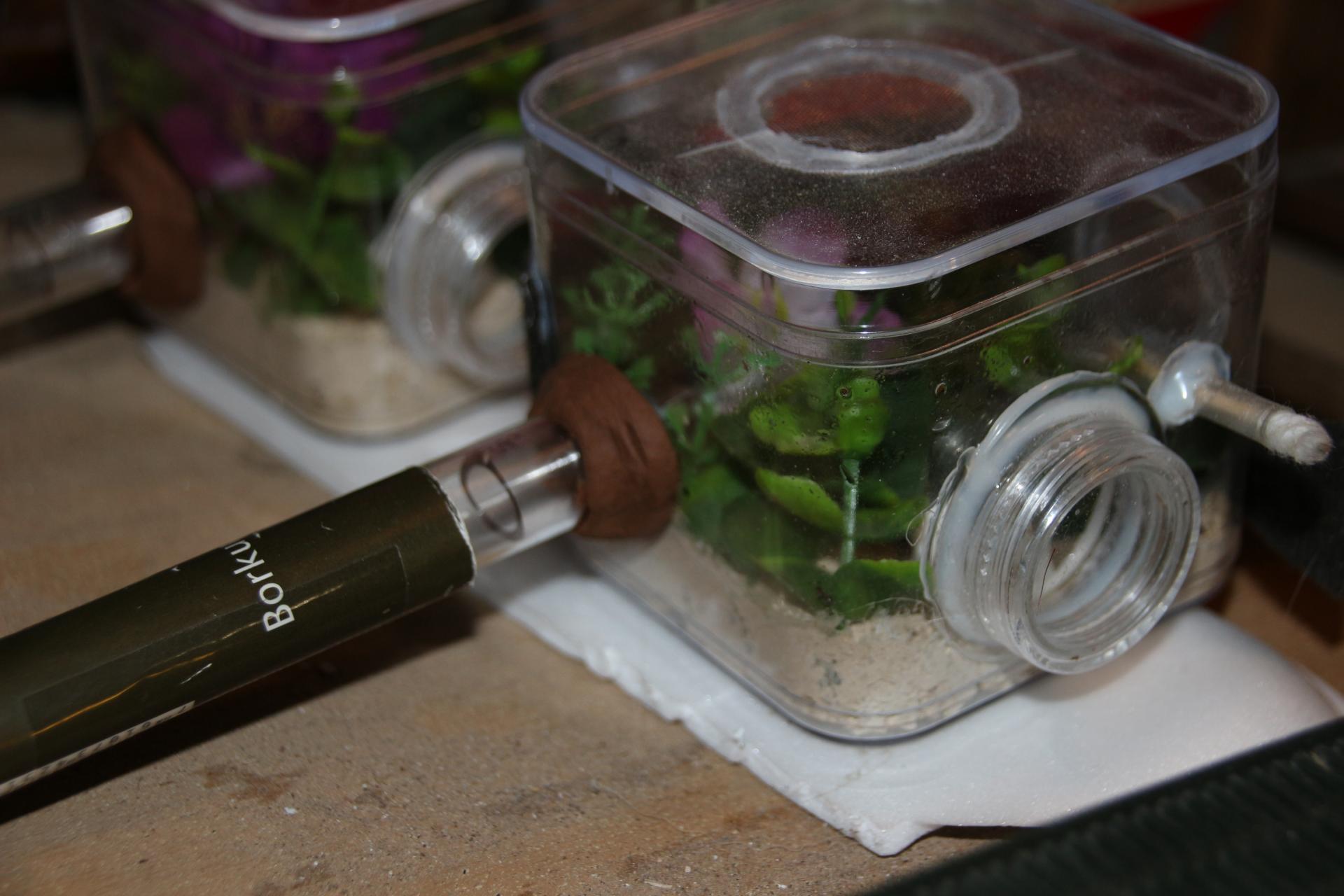
One last example of a small colony and their setup. Once a colony has moved into the cube, I can continue to tend them with no interruption. When it's time for something bigger, the cube is small enough that it can be put into a larger setup with the lid off. Or it can be connected by tubing and away you go. The real beauty of this system is that I can take the tubes or bottles out, with the ants inside, and put them directly into a bigger setup. I do this at night or whenever everybody's at home and I dump the stragglers in. I design the new setups to accept the bottles for a smooth transfer.
I think you're on the right track using small cubes to ease the transition between a test tube and a formicarium. I just call it a founding formicarium.
RPT
Edited by rptraut, January 19 2024 - 4:00 AM.
My father always said I had ants in my pants.



